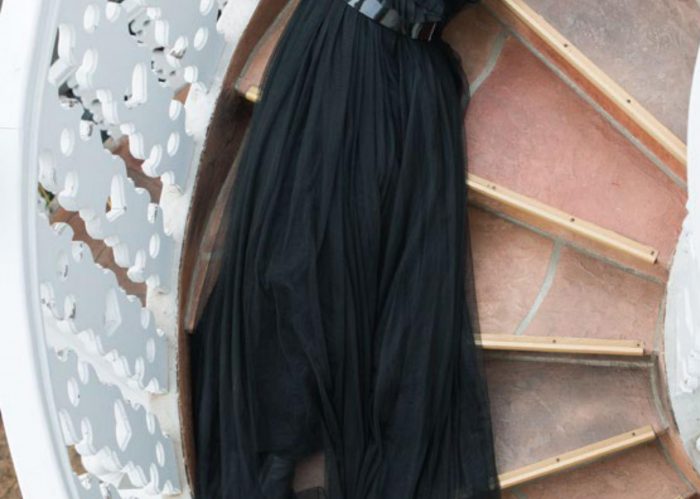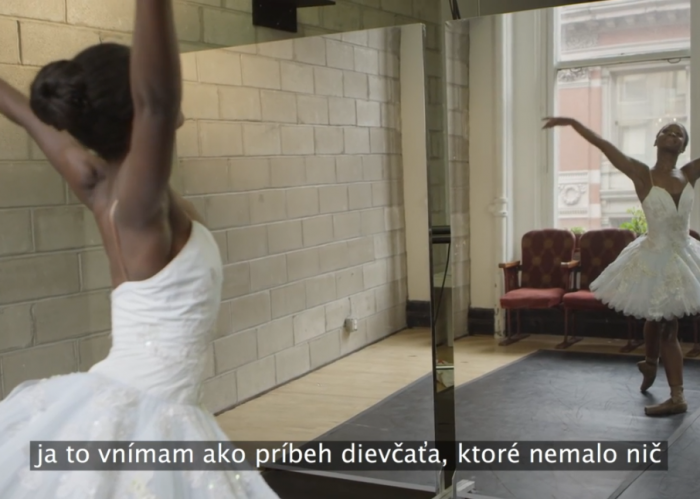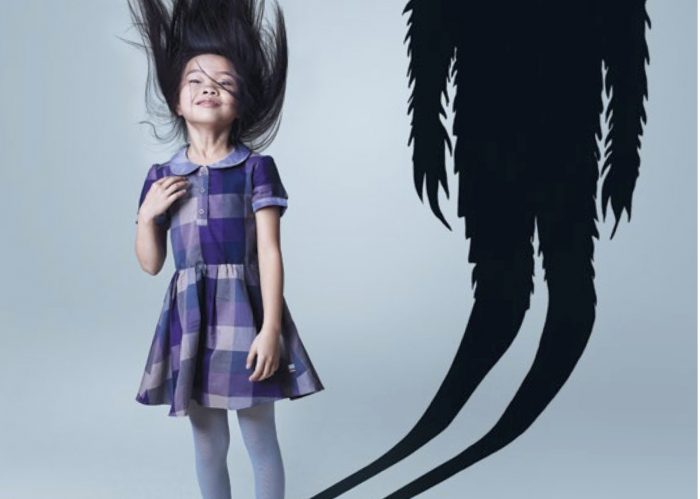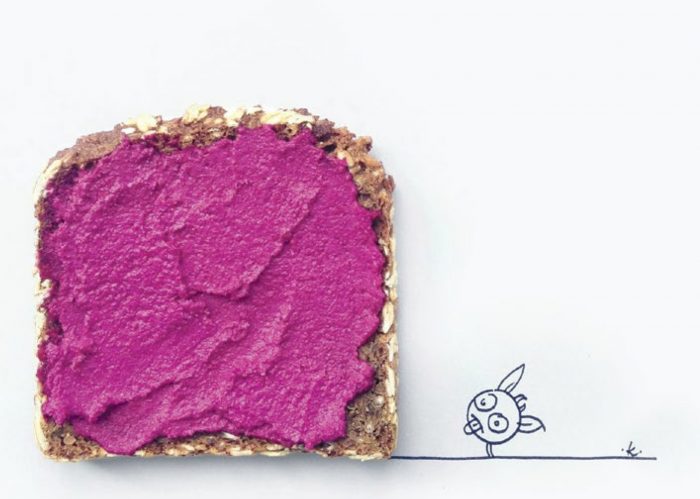The difference between ux and ui design-UX Academy London
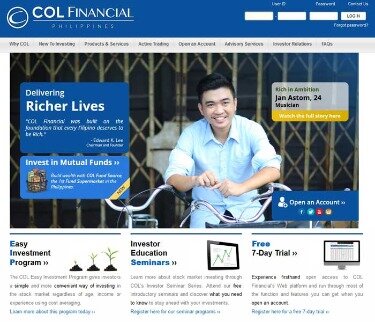
UI design focuses on how the interfaces of the product look and work, and how they influence user behavior. From here, UI designers bring the UX blueprint to life by integrating aesthetics, company branding initiatives, and design strategies that enhance product familiarity, usability, and intuitiveness. This includes converting UX user flows into UI mock-ups, prototypes, and high-fidelity pages, and further refining UI touchpoint details like typography, button shapes, and animations. In most cases, UX is one of the first steps in deciding whether to build a product, relying on UX research to identify user needs, guide early design brainstorming, and shape the development of a wireframe.
UX designers also need first-rate communication skills and a little bit of business know-how. Imagine you come up with an amazing idea for an app, something that’s clearly missing from the market and could genuinely change people’s lives for the better. You hire a UX designer to conduct user research and help you figure out exactly what features your app should have and how the entire user journey should be mapped out. With the skeleton of the product mapped out, the UI designer steps in to bring it to life. Eventually, they’ll create wireframes that set out the bare-bones blueprints for the product. A UX designer thinks about how the experience makes the user feel and how easy it is for the user to accomplish their desired tasks.
UI design is focused on the visual elements of a product, such as the layout, buttons, and graphics. UX design is focused on the overall experience of using a product, including functionality and usability. Both UI and UX design are important and should be considered together to create a product that is both visually appealing and user-friendly.
A product that looks great but is difficult to use will not be successful, and a product that is easy to use but looks unattractive will also not be successful. By considering both UI and UX design together, designers can create a product that is both visually appealing and user-friendly. To put it simply, User Experience design is how the product feels, the overall experience of using the product. „Should I become a UI designer or UX designer?“ is a fairly common question among people who take their first steps in the design field. There is no single right and wrong answer to this question because it ultimately depends on your interests and preferences. You should choose UX design if you’re naturally curious about people and want to dive into human psychology, cognitive science, and business development to create the best possible solution to their problems.
The UI designer is responsible for what the customer sees and is a brand representative who gives the user their first impression of the application. As a result, UI designers must work closely with their UX counterparts to ensure that the UI design fits the positive user experience the UX designer is shooting for. User experience (UX) considers and optimizes the full user journey within a product or website. User interface (UI) focuses on the elements and pages users interact with while they use a product or service. The everyday tasks of a UI designer are similar to those of a UX designer.
User experience (UX) is how a person feels when interacting with a product, system, or service. In this post, we’ll delve into the mysteries of UX and UI design and explain the key differences between these two crucial disciplines. https://trading-market.org/ We are a great option if you want to shift careers and are seeking to learn UX or UI design skills. The UI designer focuses on all the details that make this journey possible while the UX designer plans out the experience.
Once users start interacting with the product, they need to keep an eye on points of friction. If something arises, they work to form a hypothesis on why something may not be working ideally and run an A (control) and B (variable) test to see if a different design performs better. A/B tests help resolve visual design issues as well as enhance the look and feel of the product over time. UX designers also participate in prototyping, but the level of involvement varies depending on role and responsibilities. In a highly competitive market, it’s nearly impossible to find a business niche that will have only one product. Most of the time, when people choose a product they want to use, they compare a few competitive products.
UI designers work on language and visual input to translate the brand identity into a sophisticated and smooth webpage. The UI designer will select colors and font, positioning the page’s element to quickly and immediately communicate information to the user. SaaS UX design is the process of developing and designing the experience for users of Software as a Service products. This approach to design takes the user into account throughout the design process. Even once the product goes live, the UI Designer’s job isn’t over.
The UX/UI Boot Camp at UCI Continuing Education
But like UX, it is easily and often confused by the industries that employ UI designers—to the extent that different job posts will often refer to the profession as completely different things. But like all professions, it’s impossible to distill the process from just a few words. Both fields have grown in popularity since the dot com boom of the late ‘90s, and only continued to increase with the proliferation of tech-related jobs and startups in the United States and around the world. An unintended side effect of that growth has been that sometimes UX and UI become conflated. People tend to use them interchangeably, and even assume that both are part of the same job description.
Good UI can never make up for bad UX; it’s like picking up a beautifully decorated cake that actually tastes awful when you bite into it. Your app offers something that your target audience needs and wants; however, when they download it, they find that the text on each screen is barely legible (think the yellow text on a white background). What’s more, the buttons are too close together; they keep hitting the wrong button by mistake!
User experience design, then, considers all the different elements that shape this experience. The difference between UX and UI isn’t always incredibly clear, but the two do have unique duties and tasks. If you ask an expert, most will say that user experience (UX) design deals with a person’s overall experience not just of a product, but of the entire company behind that product. User interface (UI) design, on the other hand, focuses on how that person interacts with that product. Skills required for each focus area align with each area’s expertise. For example, UX designers need research and problem-solving skills to think big picture about the user experience.
What Are UI and UX Designer Jobs Like, and What Are Their Salaries?
The UX design process covers the macro, end-to-end user journey and may even begin before the product exists. On the other hand, UI designers work on the micro-interactions at each user touchpoint, and consider how they can make them look beautiful, easy-to-use, and intuitive to user behavior. User experience design is all about creating products that are easy to use and enjoyable for the people who use them.
Which is better to learn UI or UX?
Learning UI before UX is important because it allows you to practice observation, pattern recognition, and behaviors based on patterns. Working backwards through the understanding of UI will open the gates to designing a better overall UX design.
Whether you’re looking for a UI-only role, a purely UX-focused career, or a mixture of both, it’s important to look beyond the job title and pay close attention to the skills, tasks, and responsibilities listed. While UX has no need for coding, UI is a role that, as time progresses, will rely on it as part of building interactive interfaces, with “UI developer” beginning to appear as a role in companies. Because it’s becoming a more and more common role, we’ve created a full guide to UI development for you to check out.
Stories to Help You Grow as a Designer
UX designers create wireframes and mid-fidelity mockups and share them with UI designers so that they can make them pixel-perfect. The only exception is when a company hires a „UX/UI designer.“ In this case, a single person will difference between ui and ux design be responsible for both UX and UI design. It’s impossible to imagine a product with a good user experience and a bad UI design. But when it comes to UX and UI designer roles, the difference lies in the areas of responsibilities.
Style guides document the design strategy and promote consistency among designers and help guide future designs for products that will evolve over time. UX designers are professionals who analyze user needs and wants and use this information to design products that offer the best possible experience for the target audience. UX designers also learn business needs (what a business wants to achieve with a product) and try to find a sweet spot between user and business objectives. While it’s important to recognize UX and UI design as two separate areas of the product design process, it’s just as important to understand how they intertwine. GW UX/UI Boot Camp helps students learn the fundamentals to work in this field.
UX and UI Design Tools Market Latest Trends and Future Aspect … – StreetBuzz
UX and UI Design Tools Market Latest Trends and Future Aspect ….
Posted: Mon, 15 May 2023 00:57:00 GMT [source]
UI design is a creative process that involves a lot of experimentation and iteration. UI designers work closely with UX designers, developers, and other stakeholders to create a product that is visually appealing and easy to use. They also make sure that the product is consistent in terms of branding, typography, and color scheme. UI Designers have to navigate a fine line between designing for originality, industry/niche trends and being memorable while not straying too far from design norms that users are familiar with. They also need to consider user psychology when designing and need to know the principles of product design.
UX design always considers the end users’ needs, with the goal of creating products and services that are easy and enjoyable to encounter. UX design refers to the term “user experience design”, while UI stands for “user interface design”. But despite their professional relationship, the roles themselves are quite different, referring to very different aspects of the product development process and the design discipline.

A key difference between UX and UI is the level of problems they attempt to solve. UX provides solutions on a macro-level, but UI provides solutions on a micro-level. UI design cannot function without the macro-sized problems being solved or strategised first. If UI is governing how UX acts, then it’s a case of form over function, and it is highly likely that the website or product will be sub-par.
- A UI/UX developer is a specialized software developer who focuses on creating user interfaces and user experiences for a variety of products, such as websites and mobile apps.
- When you open Google’s front page or visit your favorite app’s landing page and click on something, you are engaged with the user interface.
- A UX designer thinks about how the experience makes the user feel and how easy it is for the user to accomplish their desired tasks.
- However, when pressed, I see the UI as focusing on the product, a series of snapshots in time.
So, while it’s nice to have a working definition to conceptualize the strengths and weaknesses of each area, you’ll likely discover that day-to-day work as a designer includes a rich combination of both skills. A UI designer considers various conflicting opinions, then produces multiple iterations to arrive at a solution that’s the best fit for both the end user and the capabilities of the team. Informal talks with users have helped me learn a lot about the user journey and the web structures that would have never crossed my mind otherwise. A website might have an aesthetically pleasing UI—but if it’s full of broken links and you can’t find the checkout button, the bad UX will result in no sales and irritated visitors. Likewise, an app that’s easy to navigate but lacks an aesthetic and engaging interface just isn’t going to be as pleasant to use as, say, Duolingo. Design is really an act of communication, which means having a deep understanding of the person with whom the designer is communicating.
User research is the process of getting insights from real users to understand their needs and pain points. This allows designers to search for common problems and then focus their efforts on developing the right solutions. On the other side, imagine you conduct user research and testing to ensure an optimal user experience, but the text on your site is so light that people can hardly read it.
Now UI designers work not just on computer interfaces, but mobile phones, augmented and virtual reality, and even “invisible” or screenless interfaces (also referred to as zero UI) like voice, gesture, and light. Back in the 1970’s, if you wanted to use a computer, you had to use the command line interface. The graphical interfaces used today didn’t yet exist commercially. For a computer to work, users needed to communicate via programming language, requiring seemingly infinite lines of code to complete a simple task. It’s common for folks to use these terms interchangeably, or sometimes incorrectly.
People often confuse UI vs. UX because the two are closely connected. User interface is a key part of a user’s overall experience since it’s the part of a device that a user most interacts with, but it doesn’t cover the entirety of a user’s experience across a website or platform. One common metaphor for UI vs. UX is to compare them to restaurants. If UI is the plate, silverware and napkins, UX is the lighting, music and customer service that facilitates your dining experience. UX and UI design responsibilities may appear similar, especially since these designers work closely together to create better user experiences.
On the contrary, both elements are crucial and work closely together to determine how a product will look and function, with each one influencing the other. The combination of UX and UI shapes your entire experience of a product. While two comparable products might get you the same end result, their UX/UI reflects how they provide it.
Much of their work focuses on finding out what kinds of problems and pain points users come up against and how a certain product might solve them. They’ll conduct extensive user research in order to find out who the target users are and what their needs are in relation to a certain product. Now we have a clear-cut definition of both UX and UI, let’s consider the key differences between the two. Before considering the key differences between UX and UI, let’s first define what each term means individually.
Hotjar helps you identify, prioritize, and optimize the right UI improvements. Have you ever visited an absolutely beautiful website, filled with striking illustrations and the perfect balance of typography? All of those first impressions–the colors, images, and buttons–are the UI. Learn the differences between UX and UI design, and how they work together. Now, let’s take a closer look at the typical tasks of a UI designer.
Is UI part of UX design?
UI is part of UX
The user experience is the result of their interaction with a product or service, which means that user experience includes, but is not limited to, a user interface. The UI is one of the contributing factors for the end user experience.
-
Overall Score
Reader Rating: 0 Votes



